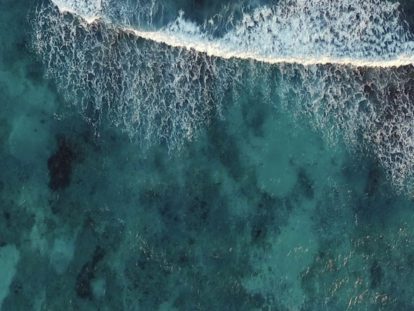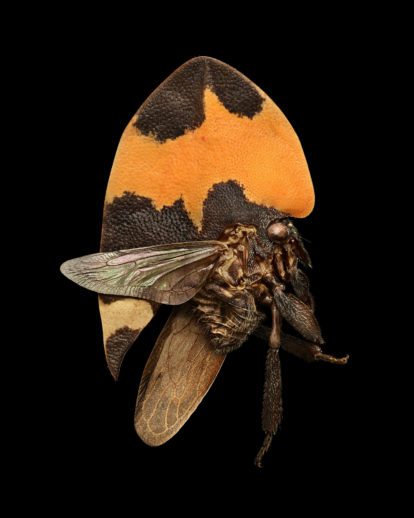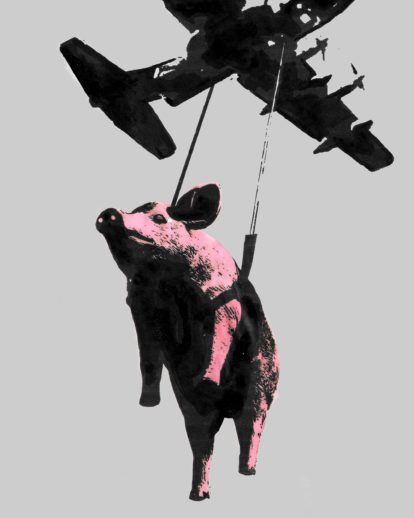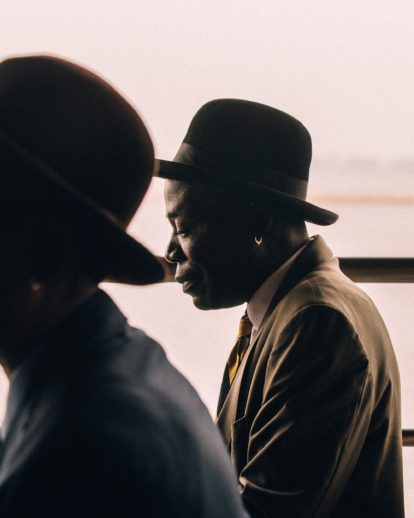Fluorescent proteins from jellyfish have helped scientists discover a wealth of information about the human body. Since the 1960s, they have been used to illuminate brain circuits, to track cancer cells, and to highlight the way in which pancreatic cells produce insulin. Dr David Gruber is a marine biologist at the University of New York's Baruch College who is passionate about exploring the enigmatic world of the jellyfish in its infinite variety.
Video: Wyss Institute at Harvard University
Video Duration
Since cultivating jellyfish in laboratories is extremely difficult, he has been searching for years for a way to collect deep sea samples without hurting them. The RAD sampler is the eureka moment in his quest.
In 2014 he started collaborating with Robert Wood, a Harvard University roboticist, on soft robotics, creating what were – in effect – squishy fingers to harvest delicate specimens. Then Zhi Ern Teoh, a post-doctoral researcher, refined the idea, creating the origami-like robot in this video that is automated to fold itself around creatures without hurting them. RAD stands – not particularly snappily – for ‘Rotary Actuated Dodecahedron’. Yet there should be no mistaking quite how significant an advance it represents in being able to collect deep sea creatures, register their data, and then release them to continue their lives.










